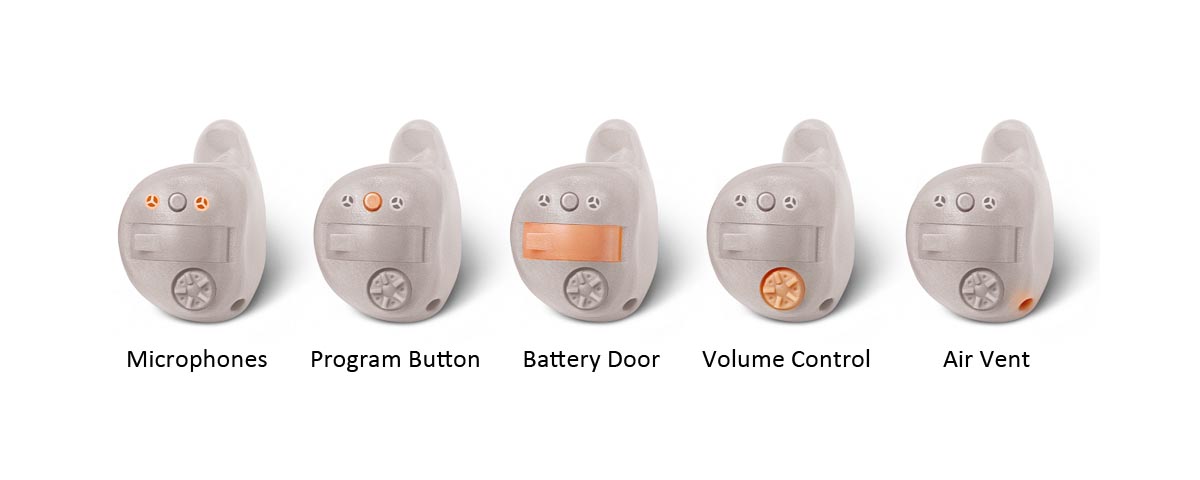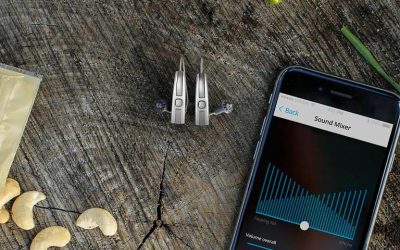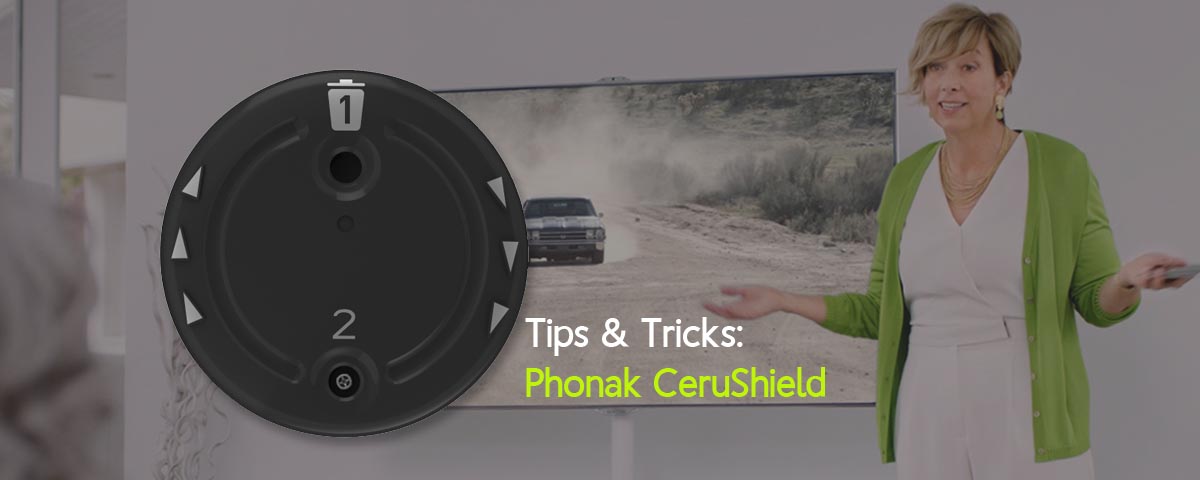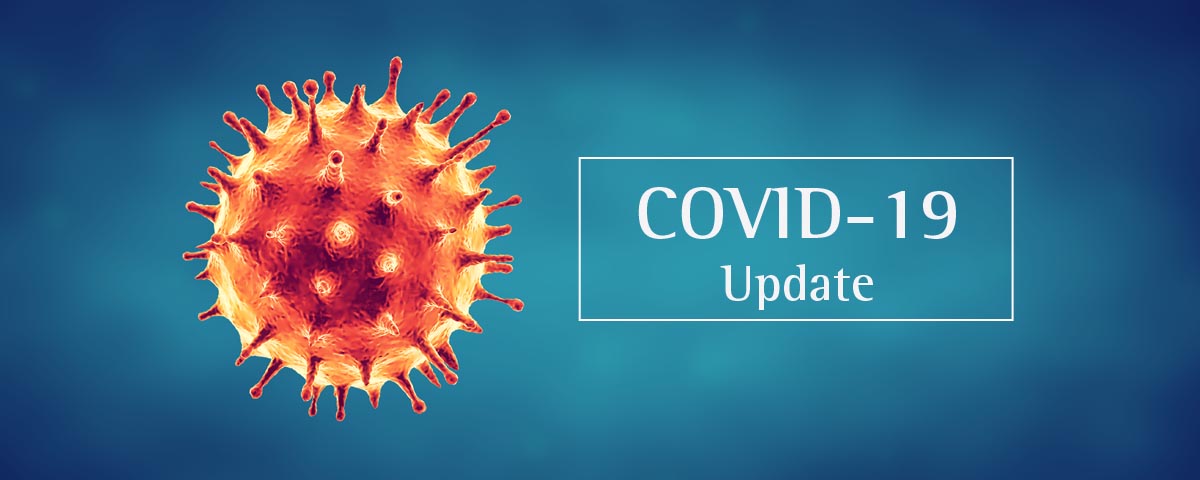When reading your hearing aid user manual, talking to our staff, or reading online reports, you will likely come across many of the following terms, some of which may be new to you. Here is a brief descriptions of the most common hearing aid related terms followed by some illustrations of where you might find them on different styles of hearing aids.
TERMS
Microphones: are responsible for picking up the external sounds. These will be found on the outside. (All hearing aid styles – most have two microphones)
Receiver: also called the speaker, the receiver is what converts the amplified and filtered signal into the sound that you hear. The receivers are usually embedded deep inside the hearing aid or in the ear canal. (All hearing aid styles have receivers)
Receiver wire: this wire carries the digital signal to the receiver which sits inside the ear canal. (Receiver In Canal styles only)
Receiver tubing: a tube which carries the amplified sounds from the receiver into the users’ ears.
Domes: Domes for hearing aids come in different sizes to fit a variety of different sized ear canals. These domes help keep the hearing aid in its correct place which optimizes hearing. (Receiver in the Canal and Open Fit BTE styles)
Program button: hearing aids are often programmed for different settings (noisy environment, telephone, television). This button allows the user to easily switch from one setting to the next. (optional for most hearing aid styles)
Volume control allows the user to adjust the overall volume of the hearing aid. (optional for all but the smallest of hearing aids styles)
Ear Hook: attaches to the behind the ear hearing aid and connects the the ear mold tubing. Often there is a small filter in the ear hook which helps deliver a better quality sound to the hearing aid user. (Behind the Ear style hearing aids only)
Ear mold: connects to the hearing aid via a tubing and directs the sound into the ear canal. (behind the Ear and Receiver in the Canal styles)
STYLES
Custom Fully In The Ear: these hearing aids are custom made for each user. They sit directly in the ear and the microphones are on the outside of the hearing aid. These hearing aids have their receivers and receiver tubing hiding on the inside of the aid. These are available from the ultra small invisible in the canal (IIC) style to the larger full Shell In The Ear (ITE) models.
Receiver In The Canal: Microphones are behind the ear and receiver sits in the ear. Sound is converted from sound waves into an amplified digital signal through the microphones. This digital signal travels down into the receiver where it is converted into amplified sound waves.
Behind The Ear: all of the electronics including the microphones and the receiver are located behind the ear. Once the sound is amplified, it travels through the ear hook, tubing, and then through the ear mold.
Open Fit Behind The Ear: are much like the behind the ear, except the tubing is much thinner and they use a Receiver in the Canal style dome on the end.










